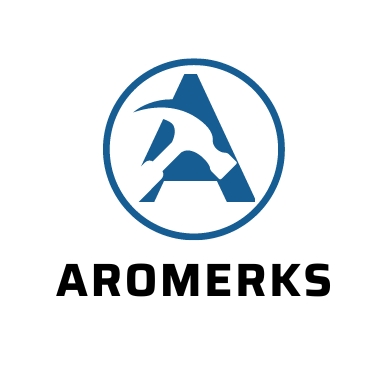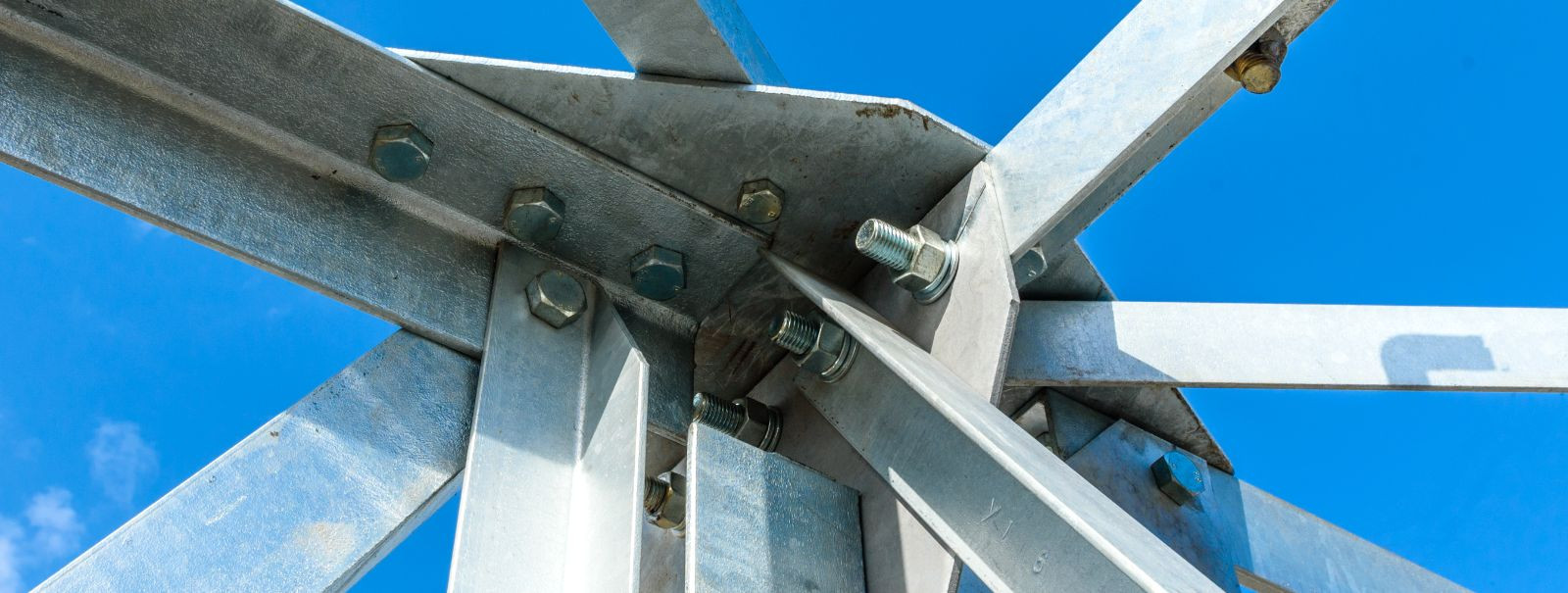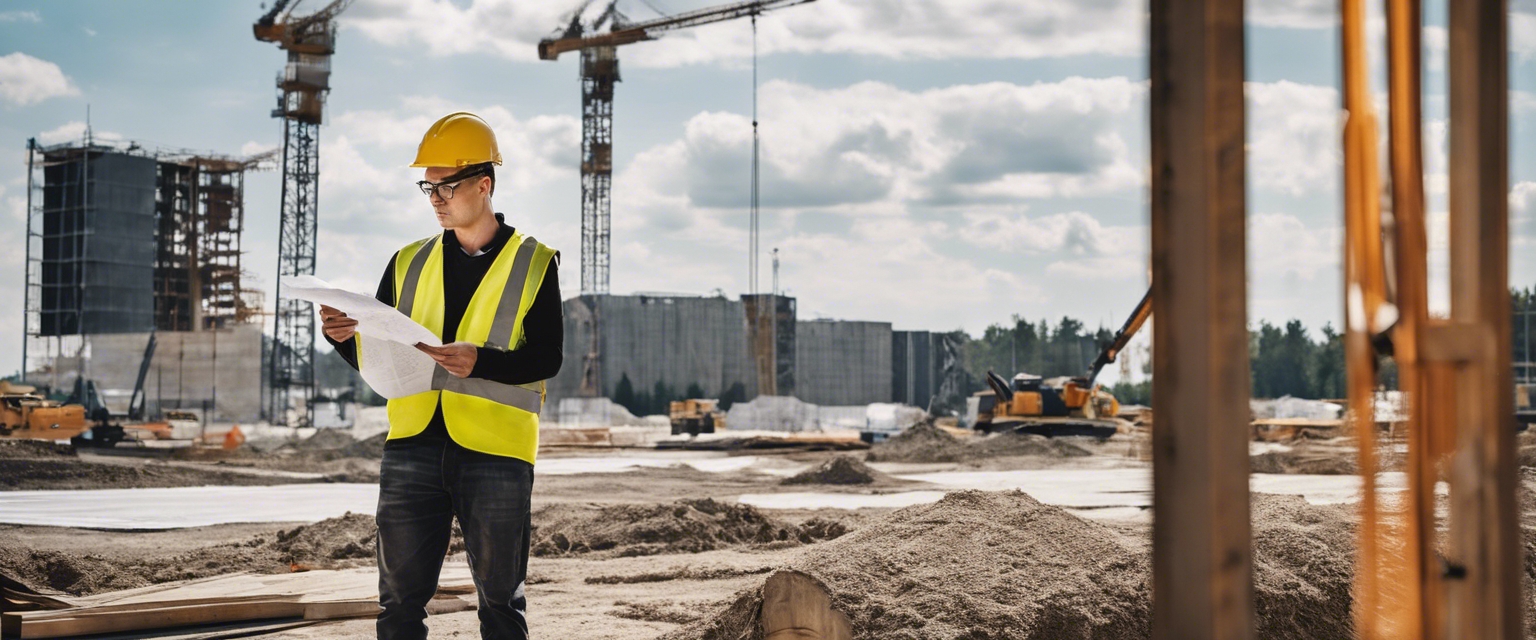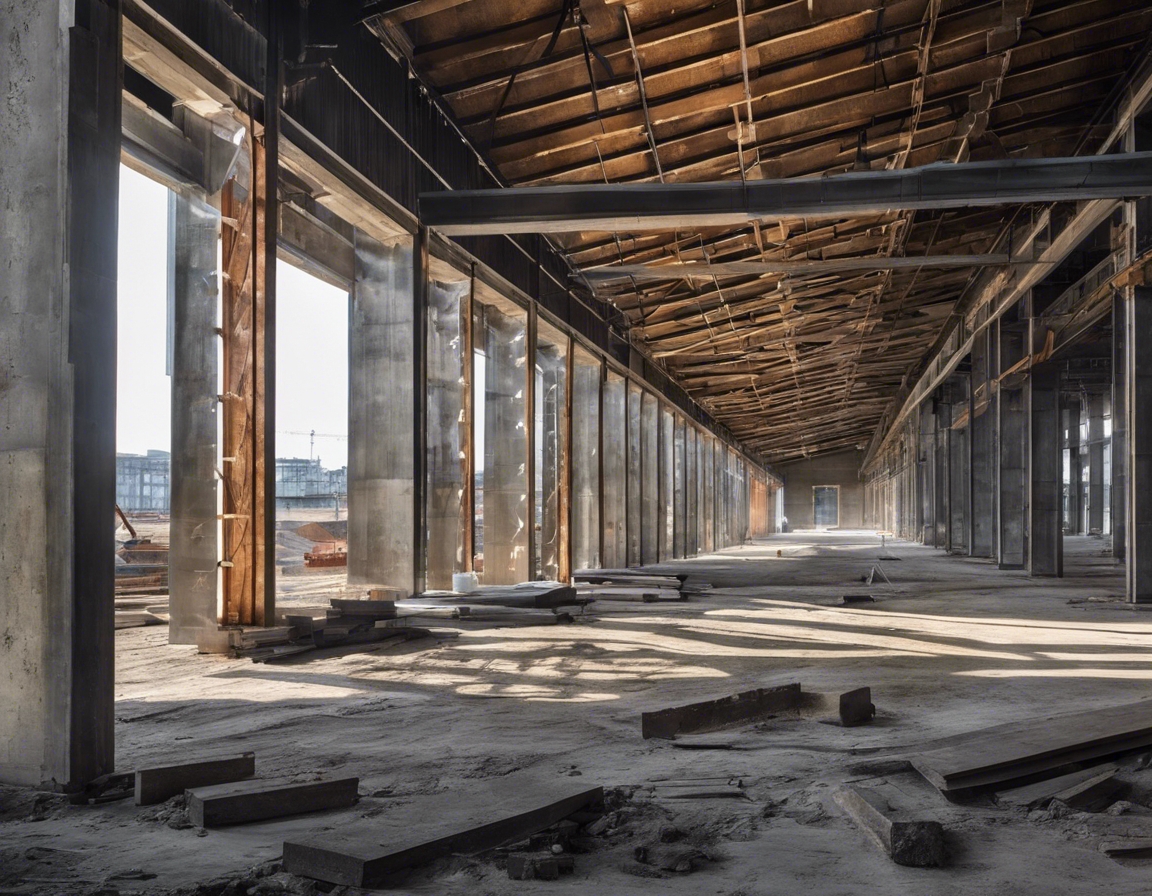Steelwork in modern architecture: strength and aesthetics combined
Steel has long been a fundamental material in construction, offering unmatched strength and durability. Its evolution has been pivotal in shaping modern architecture, allowing for the creation of structures that were once deemed impossible. Today, steelwork is not only appreciated for its structural capabilities but also for its aesthetic potential, offering a sleek and sophisticated look that is highly sought after in contemporary design.
From the early use in skyscrapers to the innovative designs of today, steel has a rich history in architecture. Its development has enabled architects to push the boundaries of what is architecturally possible, leading to iconic structures that stand as testaments to the material's versatility and strength.
Steel offers numerous advantages in construction, including speed of assembly, high strength-to-weight ratio, and flexibility in design. These benefits make it an ideal choice for a wide range of architectural applications, from towering skyscrapers to intricate bridges and residential homes.
The Role of Steelwork in Contemporary Design
Modern architecture has embraced steel for its ability to adapt to various design philosophies, from minimalism to deconstructivism. Steel frames and elements are used to create both functional and visually striking buildings that are capable of withstanding the test of time.
Architects and engineers are continually finding new ways to incorporate steel into their designs, whether it's through exposed structural elements, intricate facades, or the use of steel in sustainable building practices.
Technical Aspects of Steelwork
The engineering of steel structures is a complex process that requires precision and expertise. It involves calculations for load-bearing capacity, resistance to environmental factors, and the integration of steel with other building systems.
Steel is increasingly recognized for its role in sustainable architecture. Its recyclability and energy efficiency in production and throughout the lifecycle of a building make it a responsible choice for environmentally conscious construction.
Steelwork in Aesthetic Expression
Steel is not just a structural workhorse; it also serves as a powerful visual component in modern architecture. Its sleek lines and reflective surfaces can be used to create a sense of openness, transparency, and industrial elegance.
The combination of steel with materials like glass, wood, and concrete opens up a plethora of design possibilities, allowing architects to explore new textures, contrasts, and forms.
Challenges and Solutions in Steel Construction
While steel is known for its durability, it is not immune to the elements. Corrosion is a significant challenge, but with modern protective coatings and maintenance strategies, the longevity of steel structures can be greatly extended.
The continuous advancements in steel fabrication and installation technologies have streamlined the construction process, reduced costs, and improved the precision and quality of steel structures.






Comments (0)